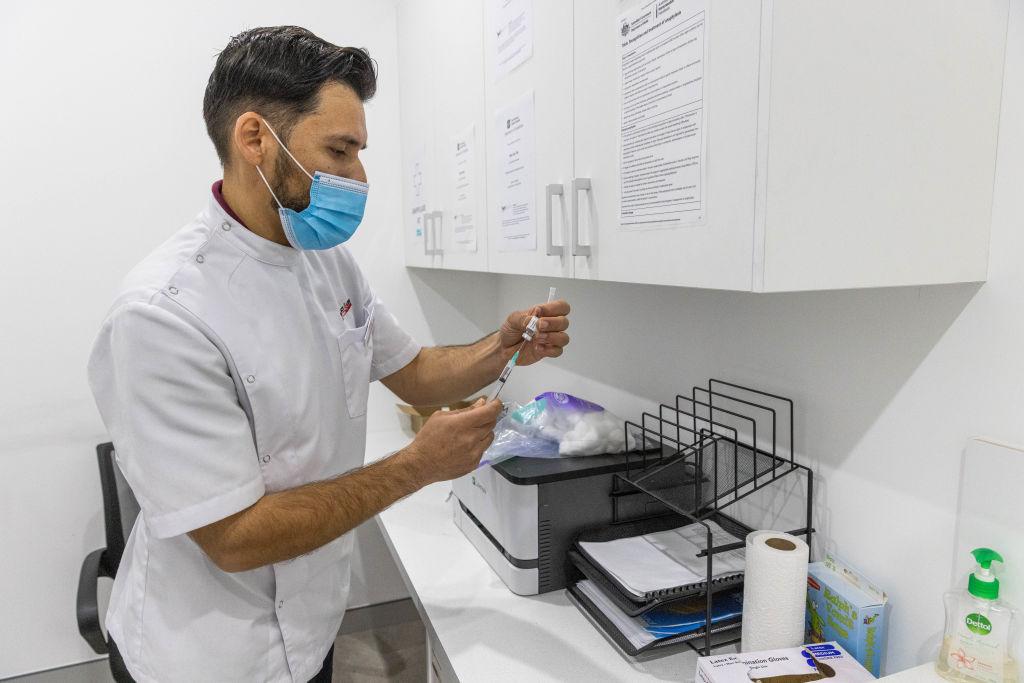The head of Australia’s pharmacy peak body has called the federal Labor government’s latest decision to subsidise medicine “smoke and mirrors” amid the ongoing cost of living crisis.
Health Minister Mark Butler revealed on April 26 that the government is making “hundreds of common medicines cheaper” by allowing Australians to double the amount of medicine they can buy on a single prescription, from one to two months’ supply.




